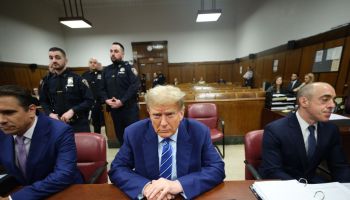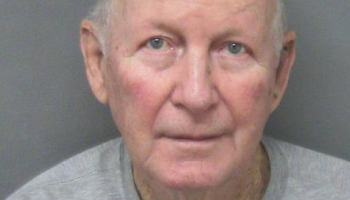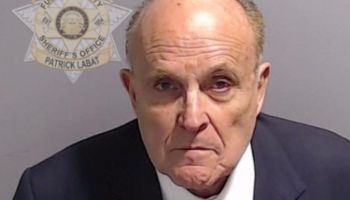WASHINGTON — Consumer spending likely edged up slightly in August after posting a big jump in July that had eased fears that the United States might be flirting with another recession.
The consensus forecast is that spending rose 0.2 percent and personal incomes gained a slight 0.1 percent in August. The new report will be released at 8:30 a.m. Eastern on Friday.
IMF Says The World Economy Is In A “Dangerous New Phase”
Economy Brightens As Consumers Spend, Layoffs Slow
In July, spending grew 0.8 percent, the most in five months, and incomes rose 0.3 percent.
The spending gain helped give the July-September quarter a strong start after the economy slowed grew at an annual rate of just 0.9 percent in the first six months of the year.
But expectations for August have been lowered because consumer confidence and retail sales have already shown weak results for the month.
Retail sales showed no growth at all as consumers spent less on autos, clothing and furniture during the month, suggesting they had become more cautious during a month that featured wild stock market fluctuations.
Economists are looking for the economy to post slightly better growth in the second half of this year, reflecting their belief that consumers will start spending at a faster rate. Consumer spending accounts for 70 percent of economic activity.
Many analysts believe the 0.9 percent increase in overall economic growth in the first half, the slowest stretch since the recession ended, will be followed by growth of around 2 percent in the second half of the year.
While a slight uptick in growth should further ease concerns about a recession, it will do little to improve Americans’ confidence since growth will be too sluggish to do much to improve unemployment, which is expected to remain stuck around 9 percent for the rest of this year.
Consumer confidence remained weak in September with the Conference Board’s index registering 45.4, up only slightly from a reading of 45.2 in August, which had been the lowest level since April 2009 when the country was still mired in recession. The Conference Board index remains far below readings of 90 that indicate the economy is on solid footing.
Economists attributed the poor confidence readings to a number of worries. In August, the U.S. government’s long-term debt was downgraded by credit rating agency Standard & Poor’s after political wrangling delayed a vote to raise the government’s debt ceiling until the 11th hour.
Worries about whether the United States might default on its debt and growing concerns about a debt crisis in Europe weighed on financial markets, sending stocks on a wild rollercoaster ride during the month.
Some economic challenges have started to ease. Gasoline prices are now around $3.46 per gallon. While that is higher than last year, the price is down about 52 cents from the peak this year of $3.98 hit on May 5.
While stocks are still being buffeted by turbulent trading, investors got relief on Thursday when lawmakers in Germany, the biggest economy in Europe, approved a measure to expand the powers of a bailout fund established to bolster heavily indebted countries among the 17 nations that use the euro as a common currency.
And the Federal Reserve at a meeting last week agreed to shift $400 billion of its portfolio of Treasury securities to try to drive down long-term interest rates. It was the Fed’s latest unconventional move seeking to give the economy a boost.















